On June 20, 1944, the first shipment of 1,000 Jewish concentration camp prisoners from Auschwitz arrived at Kaufering. They were scheduled to help build three gigantic subterraneous bunkers of a project that was named „Ringeltaube“. In these three bunkers, inter alia the jet-propelled Messerschmitt airplane „Me 262“ was to be produced. For this project, eleven concentration camps were built in the Landsberg area, numbered Kaufering I – XI. In June 1944, the development of the largest subcamp complex attached to the Dachau main camp began. Up until the end of the war up to 23.500 persons were imprisoned here.
Because of the insufficient shelter and food they were given, and because of the overwhelming work they had to do despite the cold, hunger and rampant typhoid, the prisoners called the Kaufering camps „cold crematoria“. Until October of 1944, those who could no longer work were sent back to Auschwitz and the gas chambers. After November of 1944, the weak or sick prisoners were simply allowed to die in the Kaufering camps and were buried in mass graves in the vicinity.
More than 6.400 prisoners died in the Kaufering camps. Some 3.500 prisoners were deported to other camps such as Auschwitz and murdered mostly upon arrival. On April 27, 1945 the concentration camps of Kaufering were liberated by the American army.
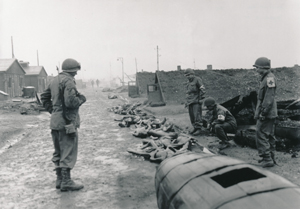
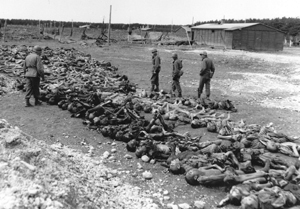
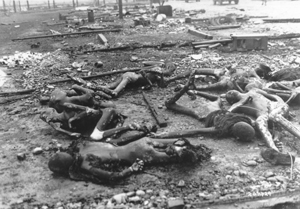
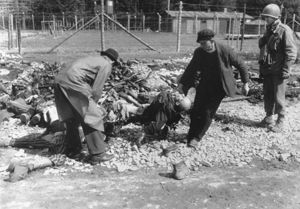
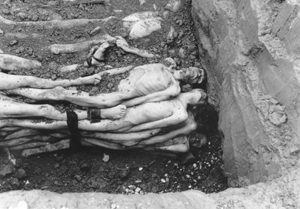
The Hell of Kaufering
The finding of the War Crimes Investigation Team 6823 of the 7th Army notes that the eleven camps in the Kaufering-Landsberg area were the worst ones in Germany in terms of the inhumanity, the hunger, and the illnesses suffered by the prisoners. The Jewish prisoners who were deported to the camps in the Landsberg-Kaufering area came from almost all European Nations. They spoke different languages and could not communicate with one another. Their „guilt“ consisted only of having been born as Jews.
The prisoners found themselves in a hopeless situation and experienced massive psychological pressure. When they were deported, they lost their families, their possessions and their dignity as human beings. At any time, they could be beaten, abused, or killed, and every one among them had traveled long path of suffering. They were psychologically and physically at the end of their strength, and many of them succumbed to apathy. What little physical strength these emaciated and demoralized people had left was exploited unmercifully until they had used up their last reserves of vitality. „Annihilation through work“ was the name that a self-glorifying „Aryan race“ gave to a program which condemned the Jews to be exterminated like vermin.
But despite everything, there are people who survived the Inferno of Kaufering and Landsberg. There are survivors and witnesses who have tried to convey in their own words what they have lived through, what they have seen, and what they have suffered.